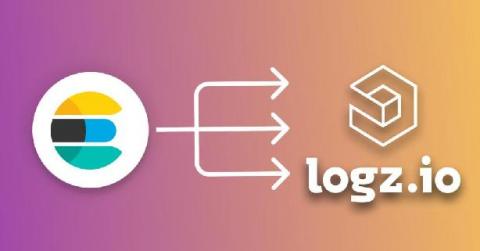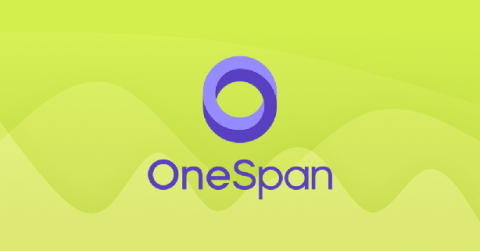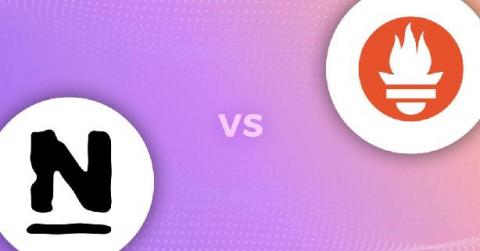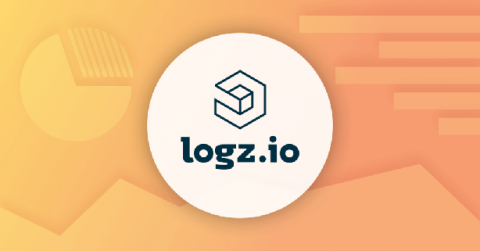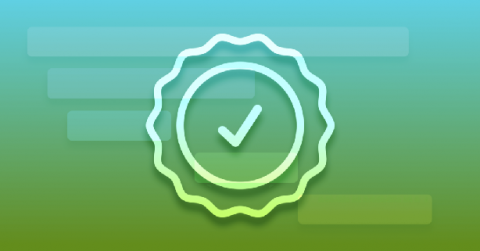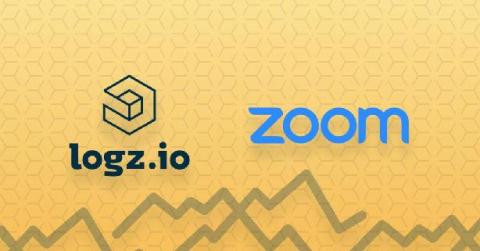Transitioning from the ELK Stack to Logz.io in 5 Quick Steps
At Logz.io, we’ve built our Log Management solution on the ELK Stack because we know it’s what modern engineering teams prefer. It’s familiar, powerful, and integrates easily with other DevOps and cloud technologies. That’s what makes migrating from ELK to Logz.io a seamless process. This means current ELK users can easily transition to Logz.io. If you’re currently using ELK, you can ship the same data using exactly the same shipping mechanisms.


